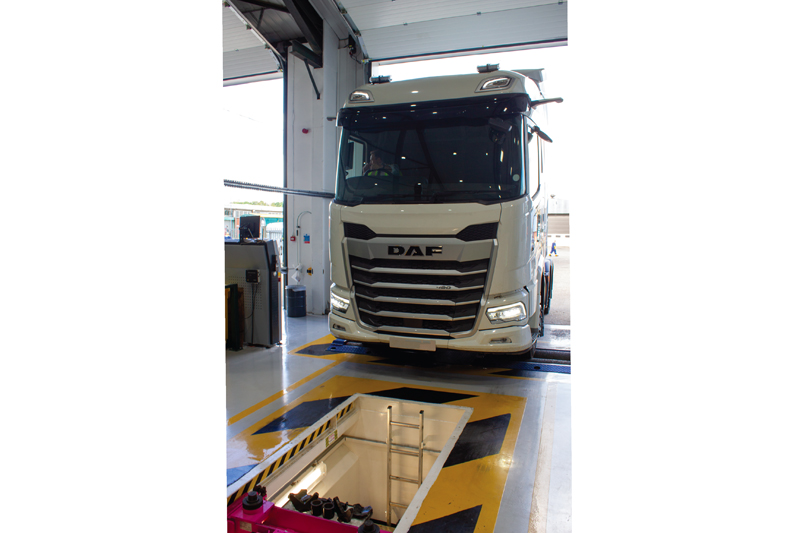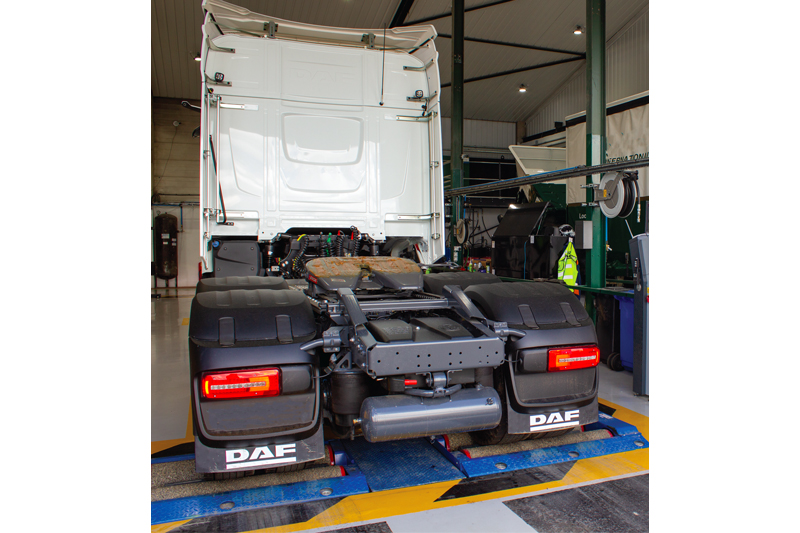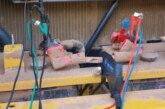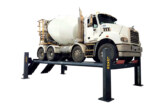What to consider when purchasing a brake tester

Thinking of purchasing or upgrading your brake tester? Then MAHA UK has a few suggestions about what to consider.
In the fast-paced world of trucks and light commercial vehicles (LCVs), safety is not just a priority – it’s an absolute necessity. Nowhere is this truer than in the realm of brake testing, where ensuring the highest level of safety is paramount.
When it comes to setting up a brake tester, you should leave nothing to chance. The installation and setup of this type of equipment should always be handled by a qualified service technician or an authorised service professional. This approach ensures that individuals with the right training, equipment and expertise are responsible for this crucial task.

Potential hazards, such as the presence of electrical equipment near moisture, an inappropriate location for installation, or inadequate securing, can all be expertly addressed by a qualified technician. By entrusting professionals with the installation process, this ensures that these hazards are minimised, providing peace of mind to users.
Safety in operation
Not only is safe operation essential for the well-being of the user, but it also significantly contributes to the longevity of the equipment. Here are some valuable tips.
Qualified personnel: only individuals who have received proper training should operate a brake tester, and it should be used strictly within its specified performance limits to ensure safe and accurate testing.
Maintain a clean environment: keeping the area around the brake tester clean is vital for both safety and the equipment’s performance.

Secure shutdown: when the brake tester is not in use, it should be switched off, and the main switch should be secured with a padlock to prevent unauthorised restarts.
Emergency procedures: in case of an emergency, users should know how to use the main switch or emergency-stop switch to promptly shut down the system.
Ventilation: operating a vehicle engine in enclosed spaces can lead to carbon monoxide poisoning, making adequate ventilation essential to prevent this hazard.
Danger zone inspection: prior to driving a vehicle onto the tester, it is crucial to inspect the danger zone for any potential safety risks.
Roller drive caution: unless equipped with a DC or mechanical brake (covered in training), for vehicles with a driven axle on the roller set, exiting should only be done with the roller drive running. Exiting with the roller drive at a standstill can cause extreme roller acceleration and motor/gearbox damage.
Safety during servicing: maintenance matters! Even during maintenance and servicing, the safety message remains important.
Professional service: service work should exclusively be carried out by qualified service technicians or authorised service partners to guarantee expertise.
Electrical work: only trained electricians with the necessary skills should handle electrical parts of the system.
Secure shutdown: before conducting repair, maintenance, or setup work, the main switch should be switched off and secured with a padlock.
Fire hazard prevention: regularly clean the roller set to prevent fire hazards caused by rubber abrasion. Abrasion should be removed before any maintenance work begins.
Overheating awareness: when working on the control cabinet or roller sets, exercise caution regarding overheating parts.

Emergency response: if, unintentionally, the brake tester starts during maintenance, it should be shut down immediately, and the service department should be contacted. Reassuringly, though, motors are isolated by disengaging the motor protection switches during maintenance/calibration, so this shouldn’t be possible!
Make sure your brake tester comes equipped with distinctive and appropriate safety features designed to protect both users and equipment.
A commitment to safety at every step
In conclusion, safety should lie at the heart of everything your equipment supplier does, whether it’s installing versatile lifts or vehicle inspection equipment. From commission and installation to operation and servicing, the workshop supplier should prioritise the user every step of the way. Choosing a reputable supplier, like MAHA UK, means choosing a commitment to safety that ensures every time a brake tester is used, it can be used with complete confidence.






![Bosch outlines ESI[tronic] workshop software](https://cvwmagazine.co.uk/wp-content/uploads/2025/07/Bosch-ESItronic-25-165x109.jpg)


